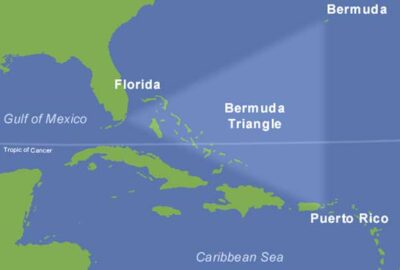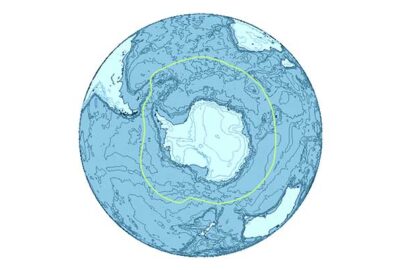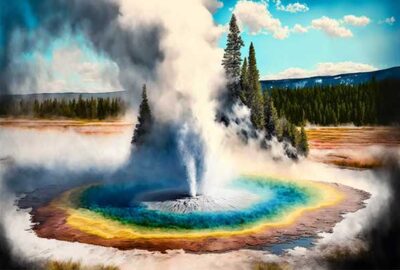The Antarctic, a land of stark beauty and unparalleled isolation, is a place that stirs the imagination and captivates the hearts of those who venture there. This vast, frozen continent is located at the southernmost point of the Earth, surrounded by the icy waters of the Southern Ocean. Despite its inhospitable climate, the Antarctic is home to a wealth of unique flora and fauna, including penguins, seals, and whales, as well as a diverse range of plant and bird species.
Antarctic: Most Common Questions and Answers You Need to Know
What is the largest glacier in Antarctica and how does it contribute to rising sea levels?
The largest glacier in Antarctica is the Thwaites Glacier, which spans an area of approximately 50,000 square kilometers. It plays a significant role in rising sea levels as it contains a vast amount of ice that, if fully melted, would raise global sea levels by 1.2 meters.
The Thwaites Glacier is considered to be one of the most critical glaciers in Antarctica as it acts as a “backstop” for the West Antarctic Ice Sheet, which could destabilize and cause a significant increase in global sea levels if it were to fully collapse.
The melting of the Thwaites Glacier also contributes to ocean warming and changes in ocean currents, which can have far-reaching impacts on global climate patterns.
How has the fauna in Antarctica adapted to the harsh, cold environment?
The fauna in Antarctica has adapted to the harsh, cold environment by evolving specific physical and behavioral adaptations to survive in the extreme conditions. For example, many species have thick fur or feathers to provide insulation, while some have blubber to help retain heat.
Some animals, such as penguins, huddle together to conserve heat, while others, such as krill, have developed anti-freeze proteins to prevent their blood from freezing. Some species, such as seals, have also adapted to the lack of sunlight by relying on their sense of smell to hunt and navigate. These adaptations have allowed the fauna in Antarctica to survive and thrive in this challenging environment.
How has climate change affected Antarctica and its ecosystems in recent years?
In recent years, climate change has greatly impacted Antarctica and its ecosystems. Rising temperatures have led to the melting of ice sheets and glaciers, causing sea levels to rise and threatening the habitat of penguins, seals, and other wildlife.
Additionally, changes in ocean temperatures and circulation patterns are affecting the food chain, altering the distribution and abundance of krill and other key species. This has the potential to disrupt the entire ecosystem and have significant impacts on the food chain, including the survival of top predators such as whales and birds.
Furthermore, changes in sea ice formation and duration are affecting the timing of the breeding and migration of many species, including whales and seals, which rely on sea ice for their survival. In conclusion, climate change is a major threat to Antarctica’s delicate ecosystems and the animals that depend on them.
What is the history of human exploration and habitation in Antarctica?
The history of human exploration and habitation in Antarctica dates back to the early 19th century when the first recorded sighting of the continent was made by the British naval officer Captain James Cook in 1775. However, it was not until 1820 that the first landing was made by a Russian expedition led by Fabian von Bellingshausen.
The next several decades saw numerous expeditions from various countries including the United States, Britain, and Norway, which aimed to chart the region and study its geology, flora and fauna. In the early 20th century, the continent became a center of scientific research, with the establishment of numerous research stations.
In 1959, the Antarctic Treaty was signed by twelve countries, which declared the continent a scientific preserve and established a framework for cooperation and coordination among nations engaged in research in the region.
Today, Antarctica remains a key center for scientific research and is home to over 50 research stations representing countries from around the world.
How do scientists study and monitor the impacts of climate change in Antarctica?
Scientists study and monitor the impacts of climate change in Antarctica by using various methods and technologies, such as satellite imagery, field surveys, ice cores, and oceanographic measurements.
They also collect data on ice melting, sea level rise, and changes in the abundance of wildlife species. These data are analyzed to understand the extent and pace of climate change in Antarctica, and to assess the potential impacts on the environment and the global climate system.
Additionally, scientists collaborate with international organizations to carry out long-term monitoring programs that provide valuable insights into the changes taking place in Antarctica and its surroundings.
What role does Antarctica play in global ocean circulation patterns?
Antarctica plays a crucial role in global ocean circulation patterns as it acts as a barrier, preventing warm water from the equator from mixing with colder water from the poles. This helps to maintain the temperature gradients necessary for the thermohaline circulation, also known as the global ocean conveyor belt, which is responsible for distributing heat and nutrients throughout the world’s oceans.
The vast amount of fresh water added to the ocean by melting ice in Antarctica also has the potential to alter ocean currents and the global water cycle, making Antarctica a crucial player in the Earth’s climate system.
How do Antarctic ice shelves break off and contribute to rising sea levels?
Antarctic ice shelves break off and contribute to rising sea levels through a process known as calving. This occurs when ice chunks detach from the floating ice shelf and fall into the ocean.
The loss of these massive ice chunks leads to a reduction in the size of the ice shelf, which in turn allows for more ice to flow into the ocean, increasing the sea level. The warming of the ocean due to climate change also causes the ice shelves to melt, leading to further calving and a rise in sea levels.
What unique geological features can be found in Antarctica?
Antarctica is home to unique geological features such as ice shelves, glaciers, and glacial valleys that are formed from the constant movement of ice. The continent also boasts ancient sedimentary rocks, volcanic formations, and subglacial lakes that remain hidden under the ice sheet.
The Transantarctic Mountains, a range stretching across the continent, are also a notable geological feature, showcasing tectonic activity and erosion over millions of years. Overall, Antarctica’s unique geological landscape provides insight into the Earth’s history and evolution.
How do the long, dark winters in Antarctica impact the region's ecosystems and wildlife?
The long, dark winters in Antarctica have a significant impact on the region’s ecosystems and wildlife. The harsh winter conditions result in a reduction of sunlight, which affects the growth of phytoplankton, the primary food source for many marine species.
This, in turn, affects the entire food chain, leading to a reduction in the population of krill, which serve as a food source for many larger species, including penguins and whales. Additionally, the cold temperatures and lack of food can lead to increased mortality rates among the region’s wildlife, particularly among young and vulnerable individuals.
The winter conditions also result in changes in migration patterns, as many species move to more temperate waters in search of food. These impacts can have far-reaching consequences for the overall health and stability of the region’s ecosystems and wildlife.
What treaties and agreements exist to protect Antarctica and its delicate ecosystems?
The Antarctic Treaty, signed in 1959, is the main agreement that protects Antarctica and its delicate ecosystems. This treaty designates Antarctica as a scientific preserve and bans military activity on the continent.
The Protocol on Environmental Protection to the Antarctic Treaty, also known as the Madrid Protocol, was signed in 1991 and strengthens environmental protections, including a ban on mineral exploitation. Additionally, the Convention for the Conservation of Antarctic Marine Living Resources, signed in 1980, regulates fishing in the Southern Ocean surrounding Antarctica to ensure the sustainable management of marine species.
What is the significance of the Antarctic Circle?
The Antarctic Circle marks the latitude at 66.5° south, where the sun only rises and sets once a year. It signifies the beginning of the Antarctic region, where the climate and weather patterns are unique and distinct from the rest of the world.
What type of activities can be found within the Antarctic Circle?
Within the Antarctic Circle, activities include scientific research, monitoring of wildlife and their habitats, tourism, and fishing. This area is home to many species of penguins, seals, whales, and birds, making it an important area for conservation efforts.
Additionally, the harsh and remote conditions of the Antarctic make it a popular destination for adventurous travelers looking to experience the beauty and extreme conditions of the southern hemisphere.



